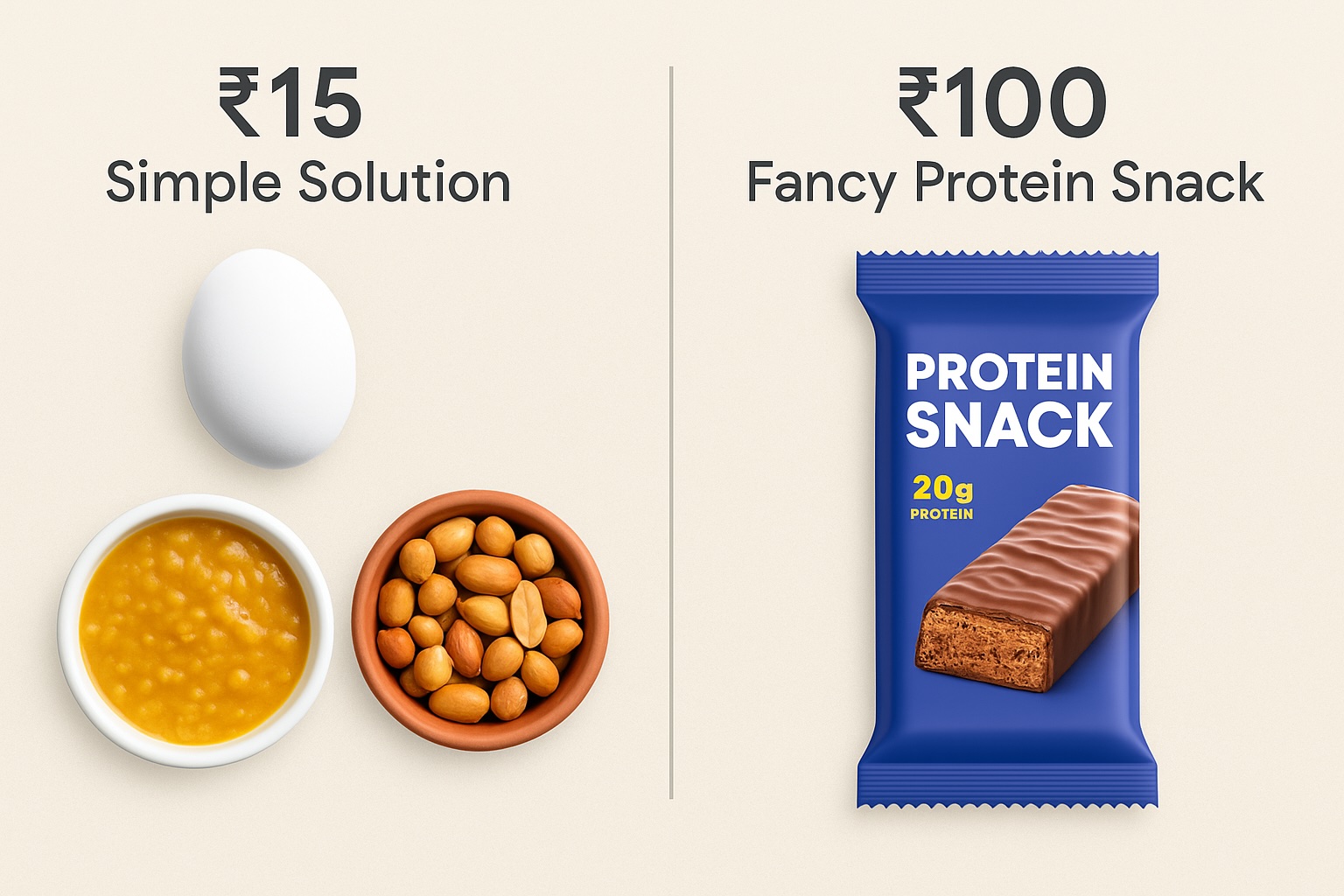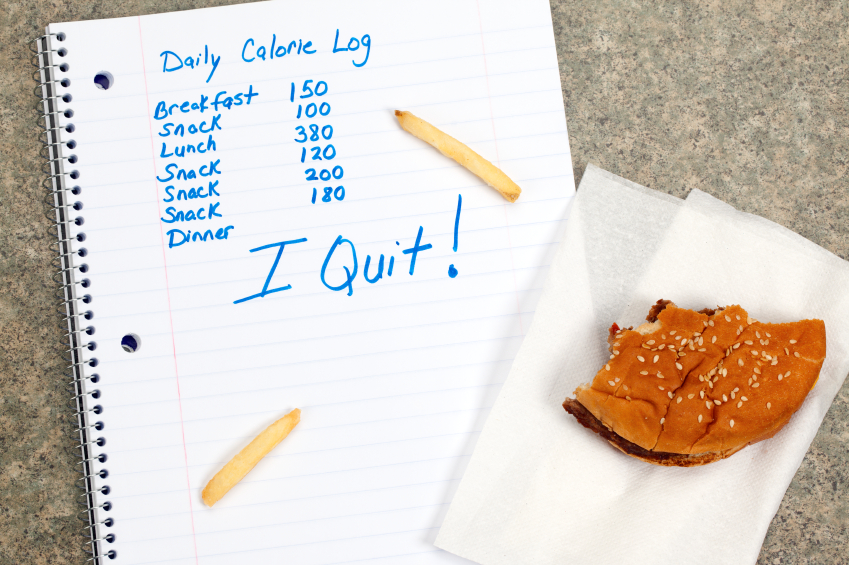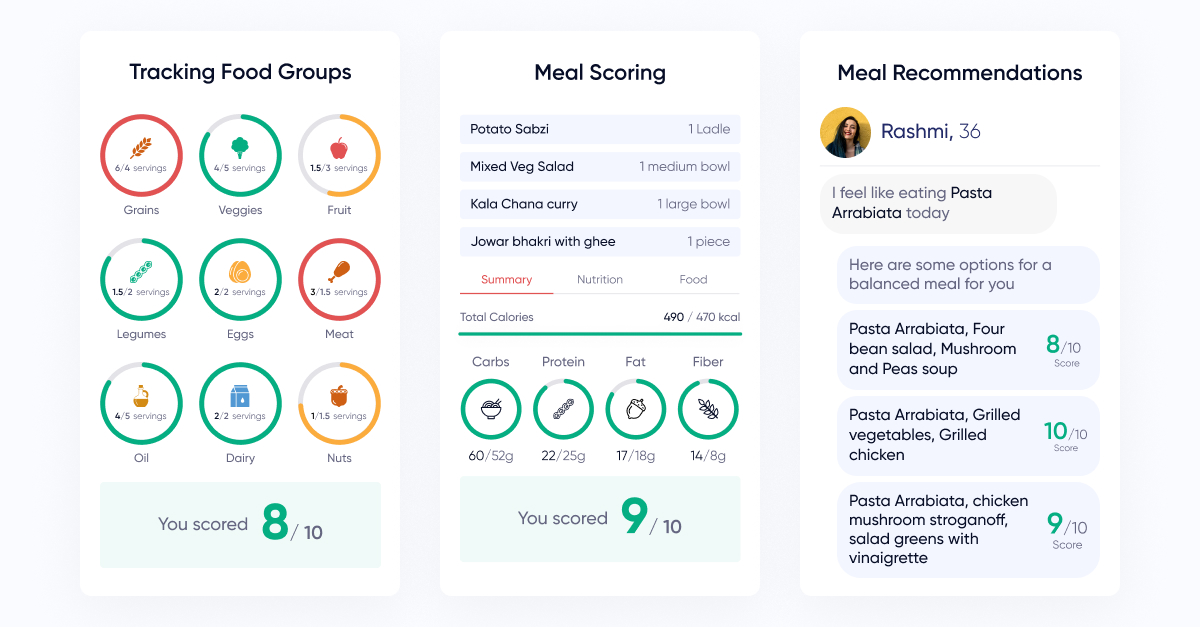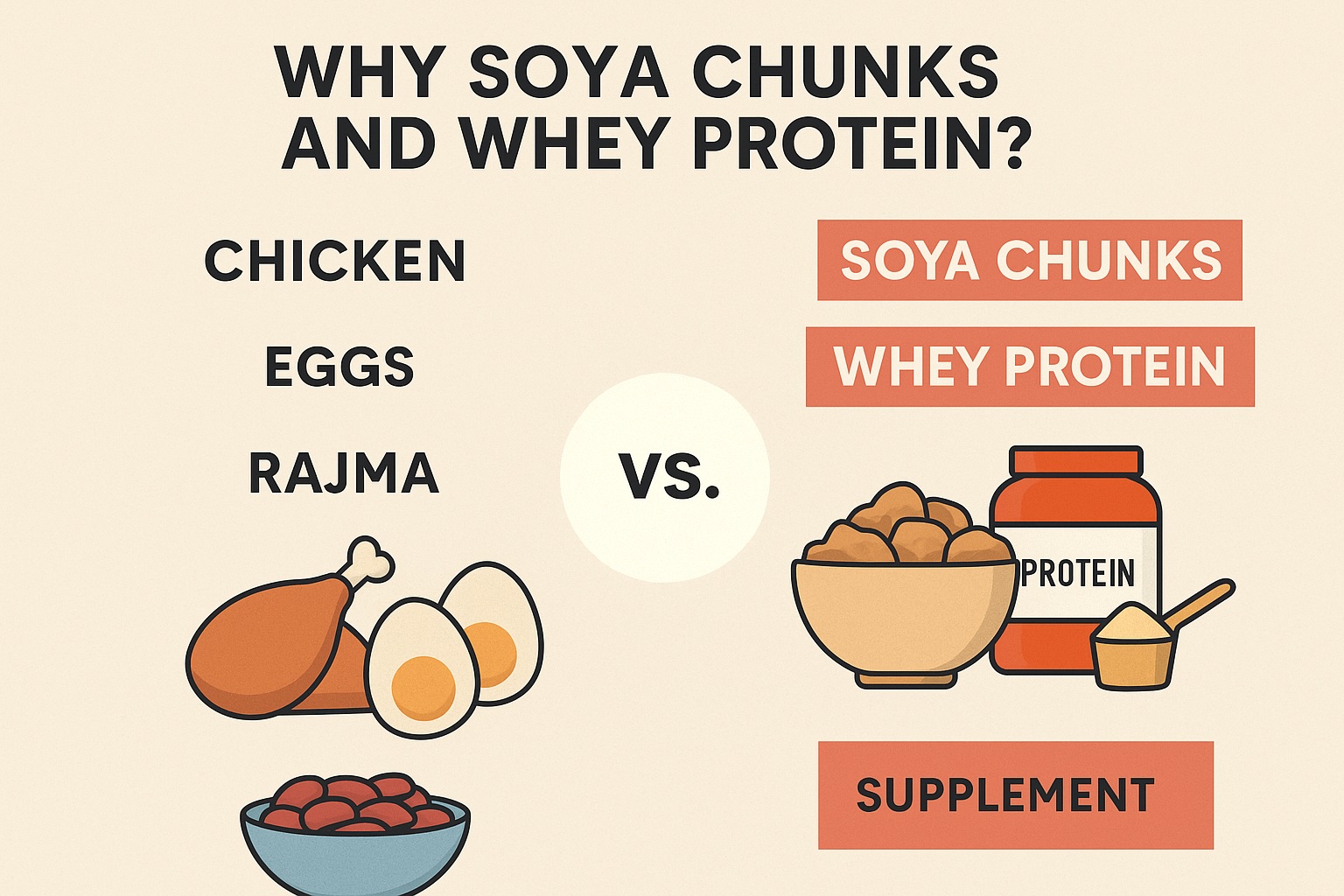
We recently came across yet another viral “Top Protein Sources” chart doing the rounds on social media. While we usually scroll past quietly, this one caught our attention for all the wrong reasons.
Among a list of real, whole protein foods like chicken, eggs, and rajma—there it was: soya chunks.
Now don’t get us wrong. We’re not here to demonize soya chunks. But placing them alongside natural, minimally processed protein sources without context? That’s both misleading and nutritionally inaccurate.
Let’s unpack why this matters—and why it highlights the importance of a credible nutrition database behind any wellness product.
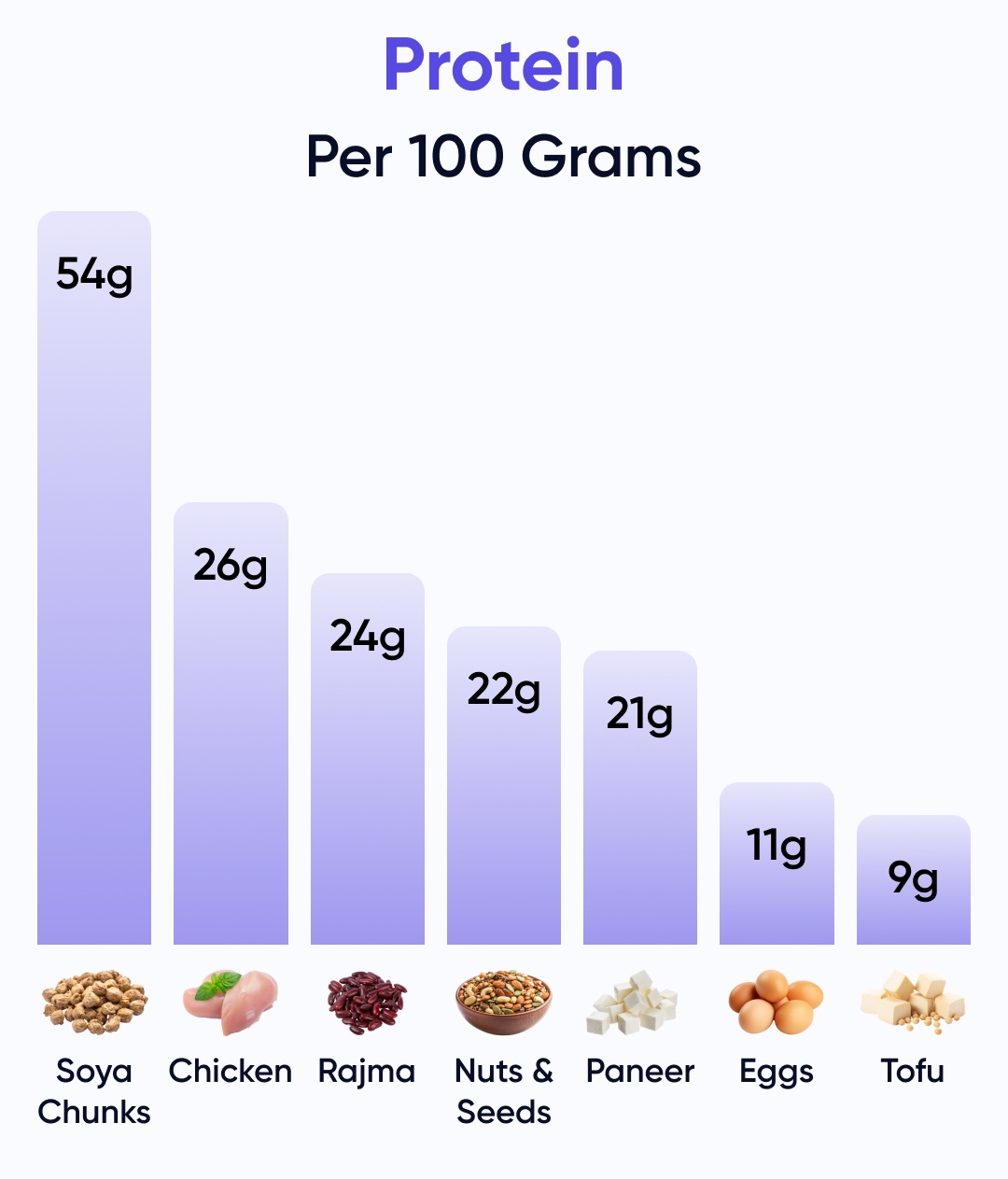
Soya chunks (aka soy nuggets or TVP—textured vegetable protein) are not whole soybeans. They’re the byproduct of soy oil extraction, created through a multi-step industrial process called extrusion cooking.
Here’s a quick breakdown:
Soya Chunk Manufacturing
So while they are plant-based and high in protein, soya chunks are not a "natural" food. They’re processed protein supplements, similar in spirit to...
Whey protein is made through a similarly technical process:
Whey Protein Production
So, if soya chunks make the protein chart… shouldn’t whey protein too?
That’s the point.
Both are highly processed protein concentrates. That doesn’t make them bad. It just means they belong in the supplement category, not the same list as whole foods like eggs, legumes, and meat.
If you’re building a nutrition tracker, calorie counter, or wellness algorithm, misclassifying foods can lead to:
We offer:
✅ Accurate food categorization (natural vs. processed, primary vs. secondary sources) ✅ Detailed food processing metadata
✅ API-ready access to 20,000+ Indian food items
✅ Smart food search with synonyms, prep methods, and regional variations
India’s food landscape is unique. Rajma is not tofu. Paneer is not cheddar. And soya chunks are definitely not eggs.
So when your product needs real-world nutrition intelligence that reflects what Indians actually eat, we’re your plug.
Because not every high-protein food is equal.
And not every nutrition chart deserves to go viral.
📩 Building a smart food tech solution?
Let’s talk about integrating Bon Happetee’s nutrition database licensing and API into your product. Help your users eat better with better food data.
#ProteinFacts #NutritionAPI #FoodDatabase #IndianFoods #BonHappetee #SmartWellness #NoBSNutrition #SoyaVsWhey #FoodScience #HealthTechIndia #FoodTrackingAPI

